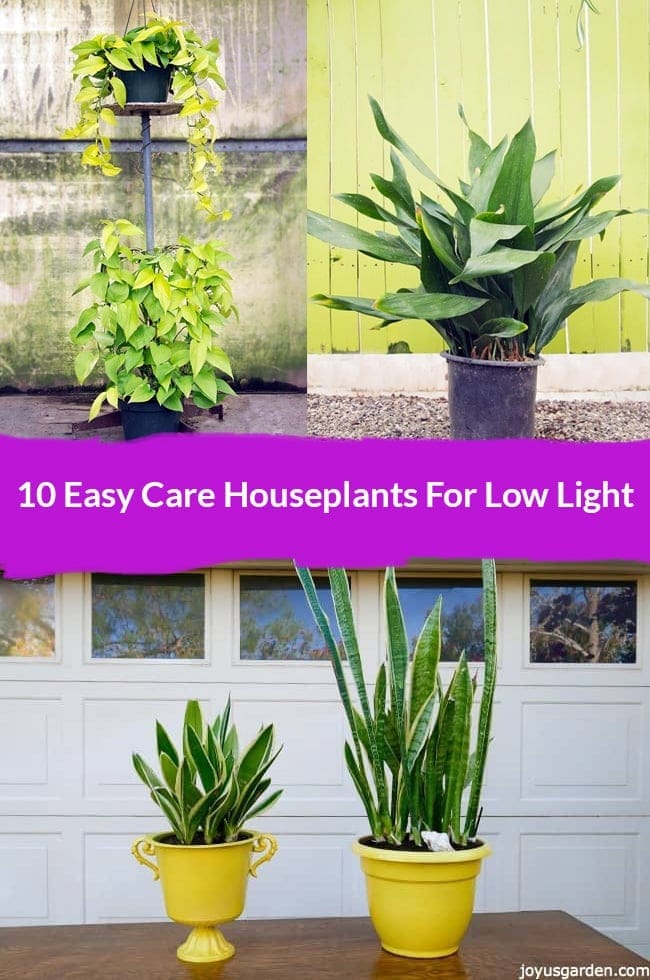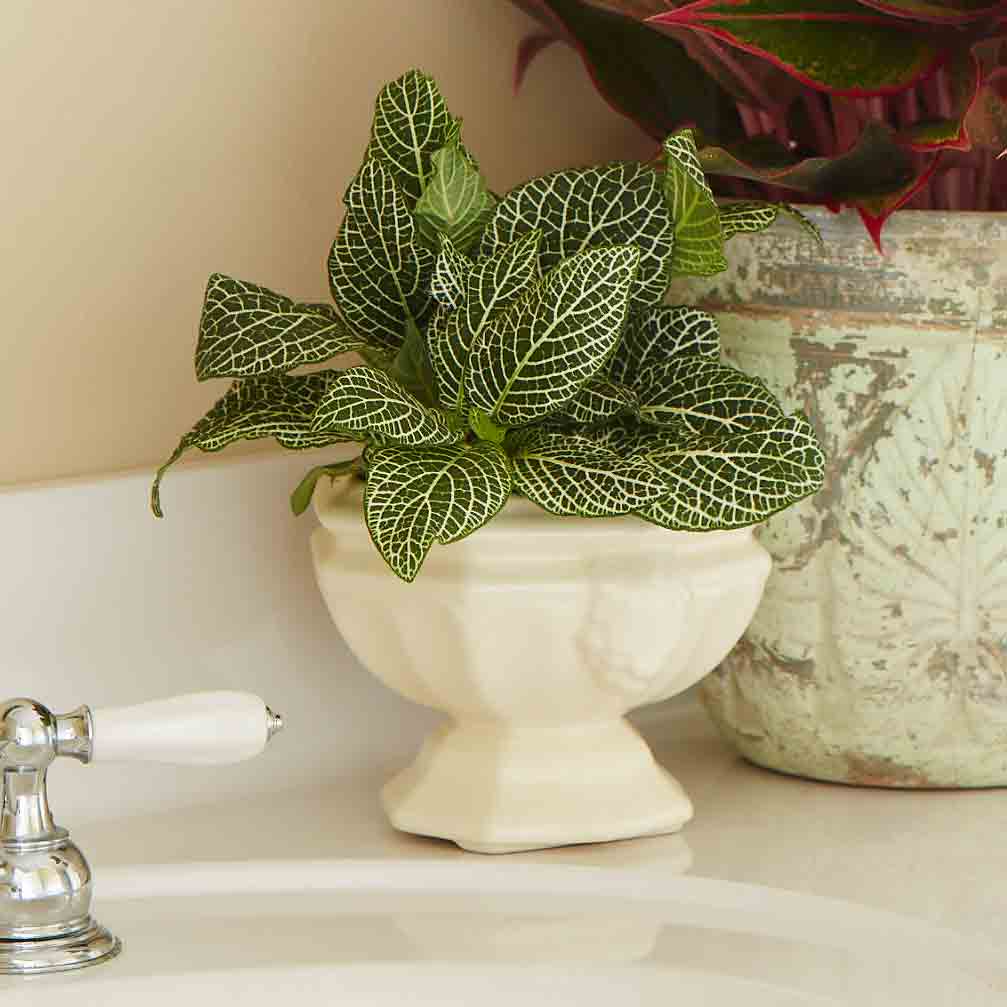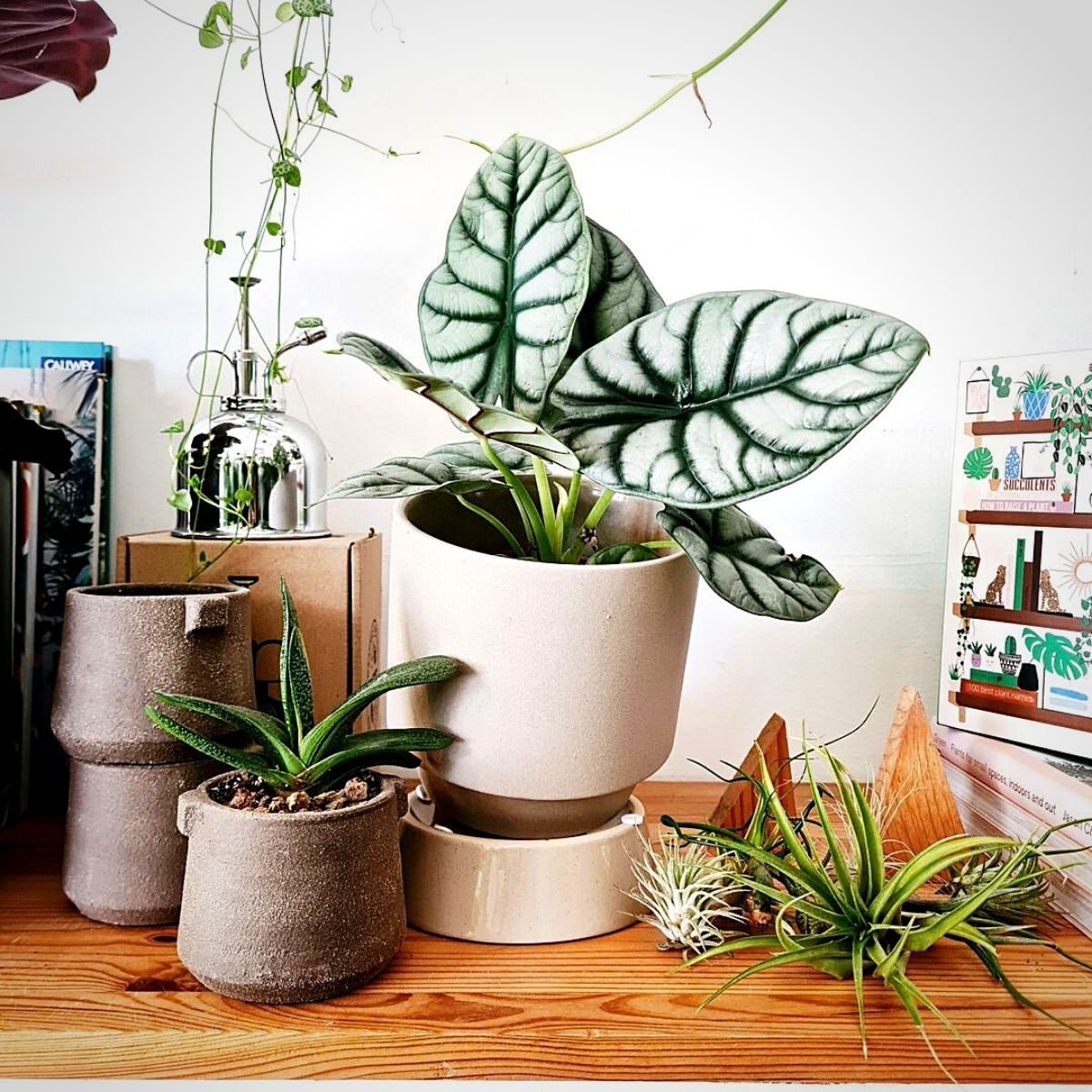Discover the Best Low-Light Indoor Plants for Your Home or Office Space
Discover the Best Low-Light Indoor Plants for Your Home or Office Space
Blog Article
Transform Your Home With Beautiful Low-Light Indoor Plants and Their Benefits
Including low-light interior plants into your home can substantially enhance both the aesthetic and ecological top quality of your home. These plants, which prosper in dark conditions, serve not just as ornamental components but likewise as natural air cleansers, making them excellent for urban dwellers or those with limited sunshine direct exposure. As we check out the various sorts of low-light plants and their advantages, you might locate surprising ways to integrate them into your home that can transform your environments in methods you could not have actually prepared for.
Advantages of Low-Light Plants
Low-light plants offer various advantages for indoor atmospheres, making them an exceptional selection for both amateur and experienced gardeners. One of the primary benefits is their adaptability to low-light problems, allowing individuals to enhance their space without the need for comprehensive sunlight exposure. This characteristic makes them perfect for apartment or condos, offices, and other areas with limited natural light.

In addition, including low-light plants right into home decor can boost the visual charm of an area. Their lush vegetation and varied appearances produce a calming environment, adding to total wellness. Lastly, the presence of greenery has been linked to lowered stress and anxiety degrees and improved productivity, making low-light plants a practical choice for boosting both psychological and physical health in interior settings.
Leading Low-Light Indoor Plants
While many indoor plants grow in brilliant light, numerous species are specifically well-suited for low-light problems, making them perfect for numerous interior areas. One popular choice is the Snake Plant (Sansevieria), recognized for its striking upright leaves and durability, calling for minimal treatment. One more excellent choice is the Pothos (Epipremnum aureum), which includes heart-shaped fallen leaves and can trail perfectly from shelves or hangers, prospering in low light and adding a lush touch.
The ZZ Plant (Zamioculcas zamiifolia) is commemorated for its shiny leaves and capability to hold up against neglect, making it ideal for hectic way of lives. The Peace Lily (Spathiphyllum) not only tolerates low light yet additionally generates stunning white blooms, enhancing any type of area's visual.
For an unique touch, think about the Cast Iron Plant (Aspidistra elatior), which certainly measures up to its name, prospering in the darkest edges of your home. The Chinese Evergreen (Aglaonema) provides a variety of leaf patterns and colors while being exceptionally flexible in low-light problems. These plants not just enhance interior atmospheres however also add to air purification, boosting your living area.
Treatment Tips for Low-Light Plants

Sprinkling techniques are important; these plants commonly favor slightly dry conditions. Overwatering can result in root rot, so guarantee that the top inch of soil is dry before watering once again. Use pots with drain holes to allow excess dampness to get away.
Moisture is one more crucial aspect. Lots of low-light plants, such as brushes and peace lilies, gain from greater humidity levels. To increase humidity, consider misting the fallen leaves or placing a tray of water near the plants.
Fertilizing needs to be come close to with care. During the growing period, make use of a diluted, well balanced liquid fertilizer monthly to support check it out development, yet prevent fertilizing throughout the inactive winter season.

Creative Ways to Show Plants
Indoor plants can function as exciting prime focus in any space, improving both visual allure and setting. image source Imaginative displays can boost the aesthetic influence of low-light plants, making them an integral part of your home design. One efficient technique is to utilize tiered plant stands, which enable you to showcase multiple plants at varying heights while taking full advantage of floor area.
Hanging planters are one more ingenious choice, creating a feeling of deepness and drawing the eye upward. Consider macramé hangers or wall-mounted racks to present a special appearance and design.
For a much more structured method, use geometric terrariums or glass containers to house your plants, adding a modern-day touch to your interior yard. You can also repurpose vintage things, such as teacups or wood dog crates, for an eclectic display that reflects your individuality.
Enhancing Home Setting With Plants
Incorporating low-light plants into your home not just boosts visual appeal however additionally adds considerably to the overall setting. These plants work as natural decor components, presenting a sense of serenity that can transform any kind of space. The presence of plant promotes a soothing atmosphere, which is specifically helpful in high-stress settings such as home offices or living spaces.
Low-light plants, such as serpent plants, pothos, and ZZ plants, are not only cosmetically pleasing however also enhance indoor air top quality by filtering toxins. This double function improves the ambiance additionally, creating a much healthier home (Best low-light indoor plants). The strategic placement of these plants can also influence the assumption of area; for circumstances, tall plants can attract the eye upward, making ceilings show up greater and spaces extra roomy
Moreover, varying appearances and shades of foliage More about the author include depth to interior layout, permitting innovative expression in home styling. Whether put on racks, in edges, or as centerpieces, low-light plants can raise the state of mind of any area. In recap, incorporating these plants into your home is a reliable way to cultivate a warm, welcoming ambience while profiting of enhanced air top quality and aesthetic flexibility.
Conclusion
Including low-light interior plants into home settings uses countless benefits, including improved visual allure and enhanced air top quality. These resilient plants, such as the Snake Plant and Peace Lily, need very little light and upkeep, making them ideal for varied lifestyles. Their capability to filter contaminants adds to a much healthier space, while their diverse appearances and shades improve indoor decor (Best low-light indoor plants). Ultimately, the inclusion of low-light plants fosters a tranquil and welcoming setting, changing any kind of home right into a tranquil sanctuary.
While numerous interior plants flourish in bright light, numerous varieties are especially fit for low-light problems, making them optimal for numerous interior spaces. One effective approach is to make use of tiered plant stands, which allow you to display multiple plants at differing elevations while maximizing flooring area.
Low-light plants, such as snake plants, pothos, and ZZ plants, are not just visually pleasing but also boost interior air high quality by filtering toxins. Best low-light indoor plants. The calculated placement of these plants can additionally affect the perception of space; for circumstances, tall plants can attract the eye up, making ceilings appear greater and rooms extra spacious
These durable plants, such as the Serpent Plant and Peace Lily, need marginal light and maintenance, making them suitable for varied lifestyles.
Report this page